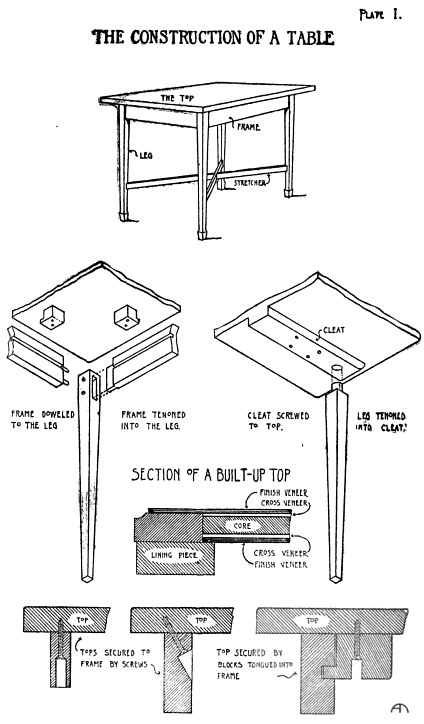The following comes from a 1907 news article:
The supers used in big stage productions have the appetites of elephants. No food or drink used on the stage is too mean for them to neglect—provided the property man isn’t looking. They drink the cold tea as though it was really wine instead of the fake vintage. They devour the ginger cake that passes for paté de foi gras. They have even known to attack realistic papier maché grapes and ices made of cotton batting.
The play on this particular night was “Romeo and Juliet” and the scene in Juliet’s garden the pièce de résistence. The stage was filled with apple trees in bloom. White petals were scattered thickly on the cocoa matting greensward. They were not really apple blossoms, but white, pulpy popcorn, substituted for muslin flowers after many experiments, because they looked just as well and lasted longer. The fake blossoms differed from the popcorn of the candy stores in one particular. The firemen thought the pulpy corn increased the danger from fire and ordered the manager to squirt a fireproofing mixture on them.
The prompt book had this stage direction at the climax of the third act: “Romeo fights Tybalt. Murmurs off L. changing to yells. All on.” On this evening there were no murmurs, no yells, no “all” to go on. As the curtain fell, Romeo went to the stage manager, beside himself with rage.
“What the—Beg pardon—Good—Ah—,” he yelled. “Where—was—that crowd?”
“Out of business,” replied the stage manager. “They’re lying in a row down in the cellar. They ate the popcorn.”
“Supers Must Eat.â€Â The New York Times, 16 June 1907, p. 9. New York Times Archives, https://nyti.ms/2LIYL5x.

